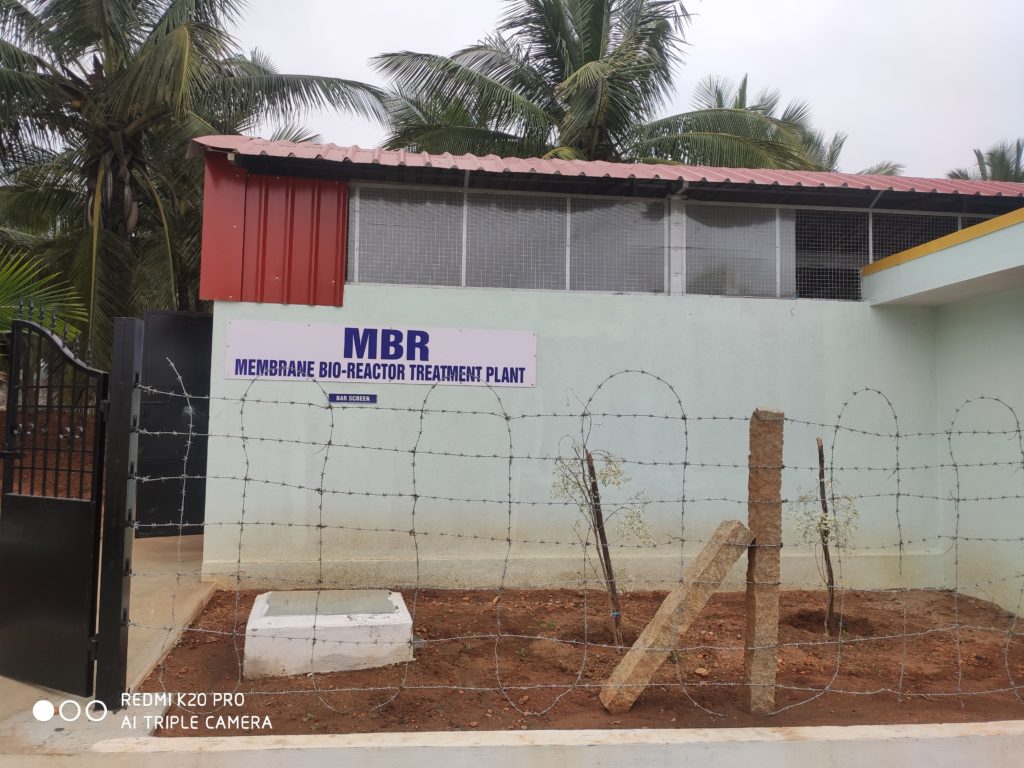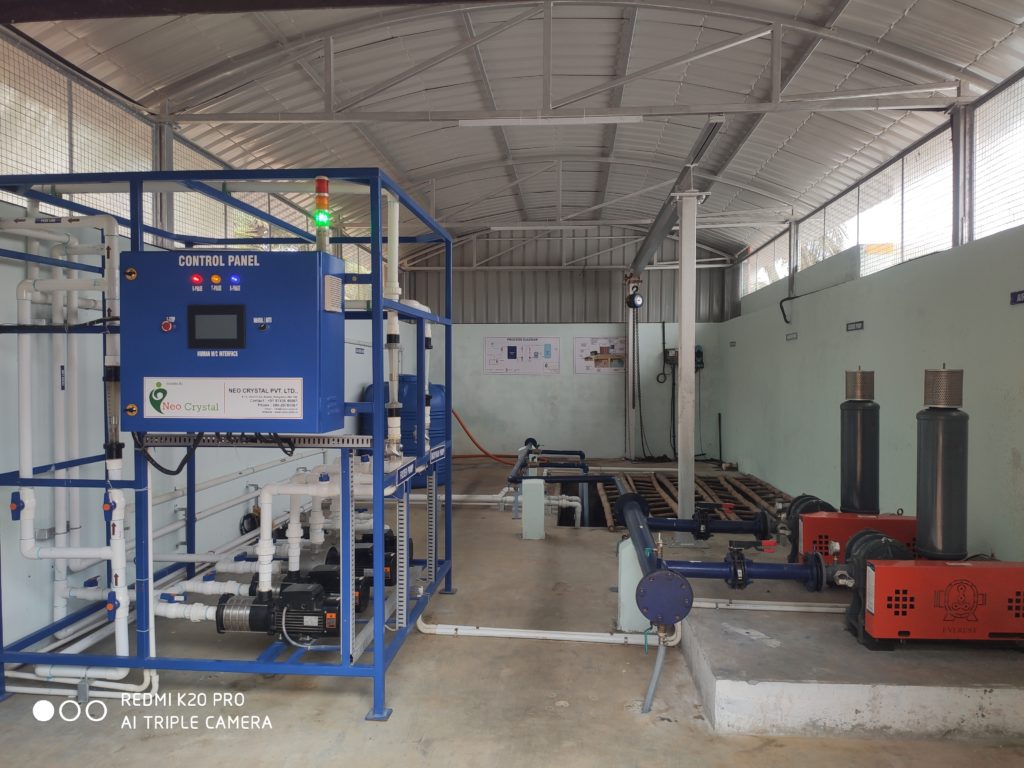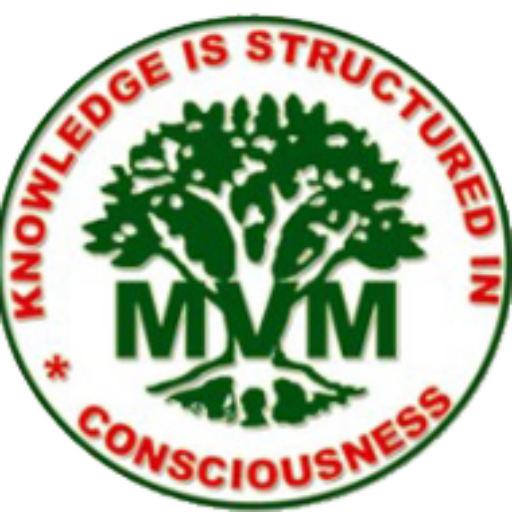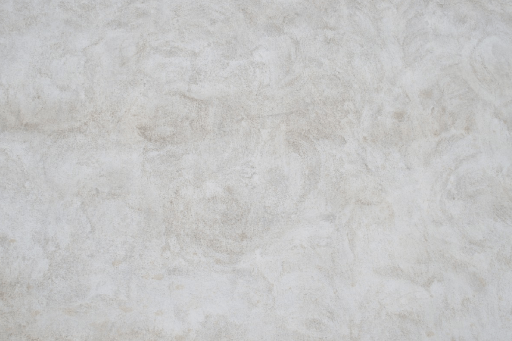DETAILED WRITE UP ON MBR (Membrane Bio Reactor)
ABOUT MBR– STP
BR STP is Membrane Bio Reactor based Sewage treatment and recycling plants. It is indigenously developed for meeting stringent treated water norms for sewage water and various other ETP’s. It works on principle of biological digestion followed by specially designed submerged hollow fiber membrane filtration. Hollow fiber membranes have pore size of 0.1 – 0.4micron which ensures removal of pathogens and bacteria in treated water. MBR– STP is a combination of membranes, pumps and other electrical equipment’s which makes itself unique in operation and having hassle free maintenance.

ABOUT MEMBRANE BIO REACTOR

BA membrane bioreactor connects membrane filtration to a biological active sludge system. The membranes thus replace the sedimentation basin in classic biological purification and help to separate the sludge from the effluent. This helps to ensure that all floating matter is retained, whereby sedimentation is no longer a restrictive factor for sludge concentration. A membrane reactor is thus able to process significantly higher sludge concentrations and lower reactor volumes, compared to conventional systems.
The membrane can either be placed next to the biological basin (= external or separate system), or in the basin (= internal or submerged). External systems involve continuous cross-flow circulation along the membranes. Both tubular and flat plate membranes are used to realize this. An internal system involves the effluent being extracted from the active sludge using under-pressure. This normally involves the use of hollow fibers or flat plate membranes.
BENEFITS OF MEMBRANE BIO REACTOR
- Occupies less space than conventional technology
- Being a combination of secondary and tertiary gives more better output in single step
- Better treated water quality results
- Consistent treated water quality result
- Lesser installation and commissioning time
- Completely automatic system allows less dependency on manpower
- MBR can handle high amount of MLSS than any other technology
- Removes pathogens, E-coli and other bacteria’s
The plant is designed to treat effluent generated having following characteristics.
A.Flow parameters
Nature of waste water
Sewage
Flow
100 KLD
Operating period
24 Hours
B. Raw waste water parameters
pH
6.5 -7.5
COD
≤ 350 -500 ppm
BOD – ( 3 days @ 27 ˚C)
≤ 350 -500 ppm
TSS
≤ 200 ppm
Oil & Grease
≤ 50 ppm
C.Treated waste water parameters
pH
6.5 -7.5
COD
≤ 50 ppm
BOD – ( 3 days @ 27 ˚C)
≤ 10 ppm
TSS
≤ 5 ppm
Oil & Grease
≤ 5 ppm
Note: Above treated water parameters are for using treated water in flushing.
CAPACITY OF THE PLANT IS – 1,20,000 LITRES TREATED WATER PER DAY.
TREATED WATER IS USED FOR GARDENING, LAWN MAINTENANCE AND FOR FLUSHING.
RO Water Facility

It has been studied worldwide that in most cases infections are transmitted because of poor drinking water facilities. The Drinking water supplied in the campus is treated in an in-house Reverse Osmosis Water Treatment Plant to ensure the safe, infection free water to be supplied to all the Staff and Students in MVM.

